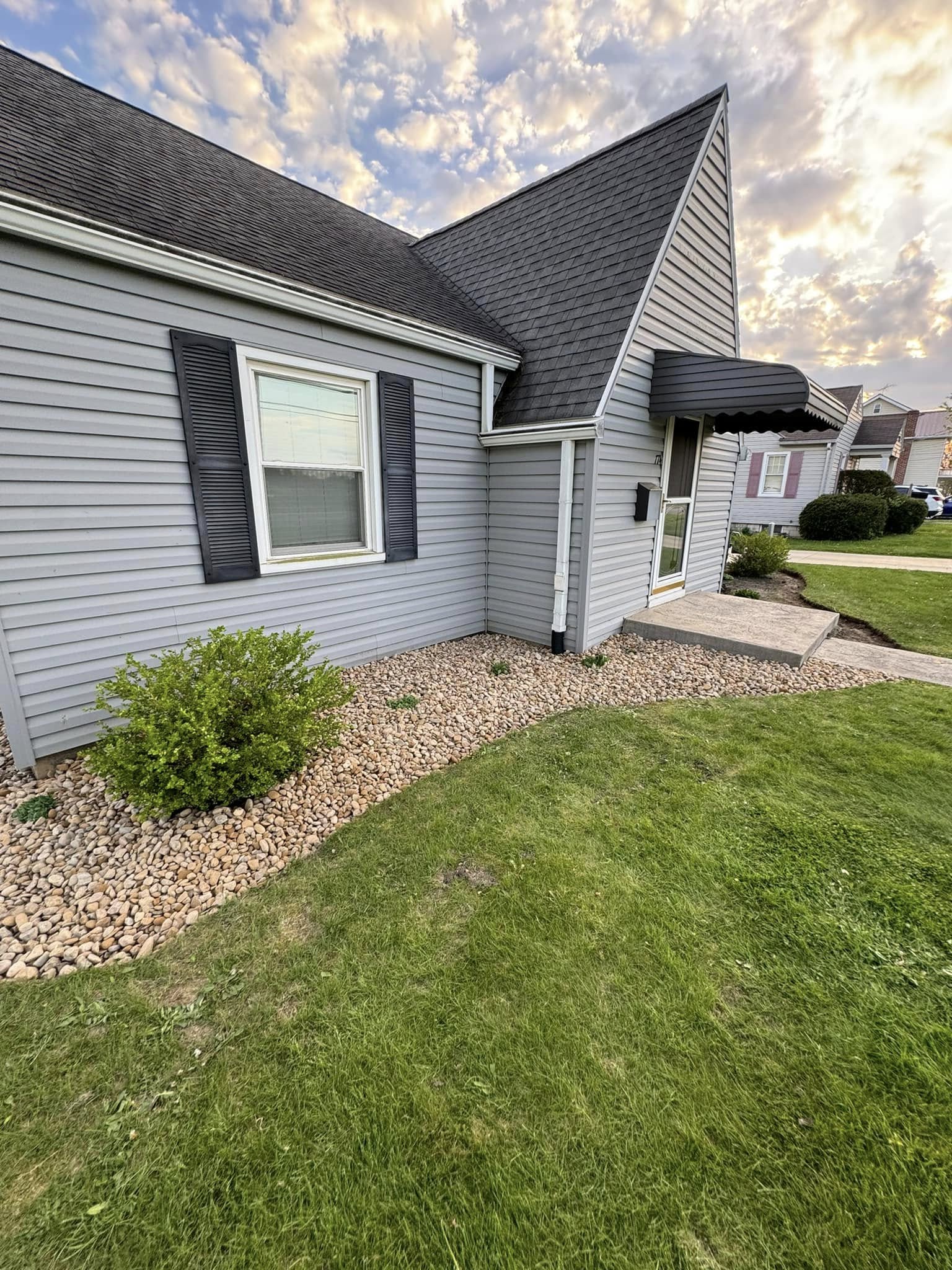
A Guide to Native Plant Landscaping: Embrace Nature in Your Garden Nov 04, 2025
Starting with the basics, native plants are those that have naturally evolved and adapted to your local climate and soil conditions over thousands of years. By choosing native plant landscaping, you're opting for a garden that is not only beautiful but also resilient. Native plants require less water, fertilizer, and pesticides, making them an excellent choice for environmentally conscious gardeners.
When planning your native plant landscape, consider the specific conditions of your garden. Observe the amount of sunlight, the type of soil, and the natural water drainage before selecting plants. Native plants are well-suited to your environment, meaning they're typically more resistant to pests and diseases, which reduces the need for chemical interventions.
McKenzie's Landscaping recommends starting with a few foundation plants. Some popular natives in our region include purple coneflower, black-eyed Susan, and butterfly weed. These plants not only thrive in local conditions but also attract beneficial pollinators like bees and butterflies. By supporting local wildlife, you're contributing to the ecological health of your community.
The next step involves choosing native shrubs and trees, which can provide structure and height to your garden. Red maples and dogwood trees are great options, offering seasonal interest with beautiful blooms in the spring and vibrant foliage in the fall. Incorporating a variety of heights and textures in your design adds visual interest and depth to the landscape.
Creating natural groupings rather than strict, organized rows will give your garden a more organic feel. Use ground covers like creeping phlox and sedges to fill in spaces while preventing soil erosion. These plants form a living mulch that stabilizes the soil and reduces the growth of weeds, further minimizing maintenance efforts.
Proper care is essential, especially during the first year, to ensure that your native plants establish strong root systems. Water newly planted natives regularly, but take care not to overwater; native plants generally prefer dry to moderate soil moisture. Layering your garden beds with organic mulch will help retain soil moisture, regulate temperature, and provide nutrients as it breaks down.
By embracing native plant landscaping, you can create a vibrant, low-maintenance garden that thrives naturally. Not only will your outdoor space look stunning, but it will also support local wildlife and help curb your environmental footprint.
At McKenzie's Landscaping, we're passionate about helping you create a garden that reflects the inherent beauty and resilience of nature. Our team of experts can assist you in selecting the right native plants and provide guidance throughout the design and maintenance process. Whether you're transforming your entire yard or simply want to add a few native elements, we are here to help you make your garden a haven for biodiversity.
In conclusion, native plant landscaping offers a rewarding, sustainable way to enhance your home's curb appeal while supporting the environment. By working with nature rather than against it, your garden can become a sanctuary of beauty and sustainability. We encourage you to reach out to McKenzie's Landscaping to embark on this eco-friendly journey, embracing nature every step of the way.
/filters:no_upscale()/filters:format(webp)/media/c1ac1d2b-5266-4dc0-8786-f32043e6b7d2.jpeg)
/filters:no_upscale()/filters:format(webp)/media/230704d6-5123-4870-9ff5-40f0e093a373.jpeg)